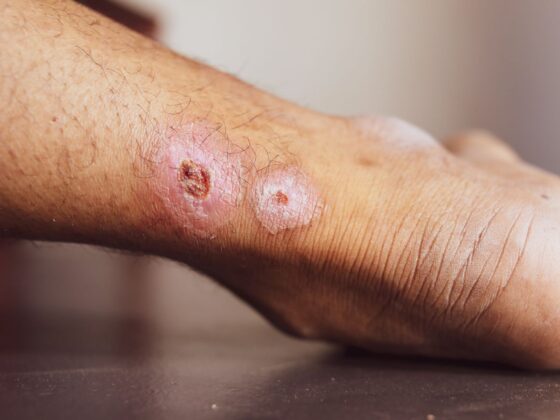Air pollution is associated with an increased risk of progressive and irreversible sight loss, known as age-related macular degeneration (AMD), according to a long-term study that could pave the way for new treatment options for the disorder.
AMD is the primary cause of irreversible blindness among the over 50s in high-income countries, with the numbers of those affected projected to reach 300 million by 2040. The study was done by the researcers at the University College London, UK.
According to the study, the known risk factors include older age, smoking, and genetic make-up.
The study has been published in the British Journal of Ophthalmology.
Among the 52,602 people whose eyes had been assessed, 75 per cent of those with a clinical diagnosis of AMD had signs of AMD on retinal imaging compared to only 12 per cent of those without a clinical diagnosis of AMD, they said.
Analysis of the data showed that higher fine particulate matter (PM2.5 ) exposure was associated with a higher (8 per cent) risk of AMD, while all other pollutants, except coarse particulate matter, were associated with changes in retinal structure.
The researchers noted that it is an observational study, and as such, can’t establish cause, adding the findings, however, echo those found elsewhere in the world.
They suggest ambient air pollution could plausibly be associated with AMD through oxidative stress or inflammation.
“Overall, our findings suggest that ambient air pollution, especially fine particulate matter or those of combustion-related particles, may affect AMD risk,” the researchers noted.











